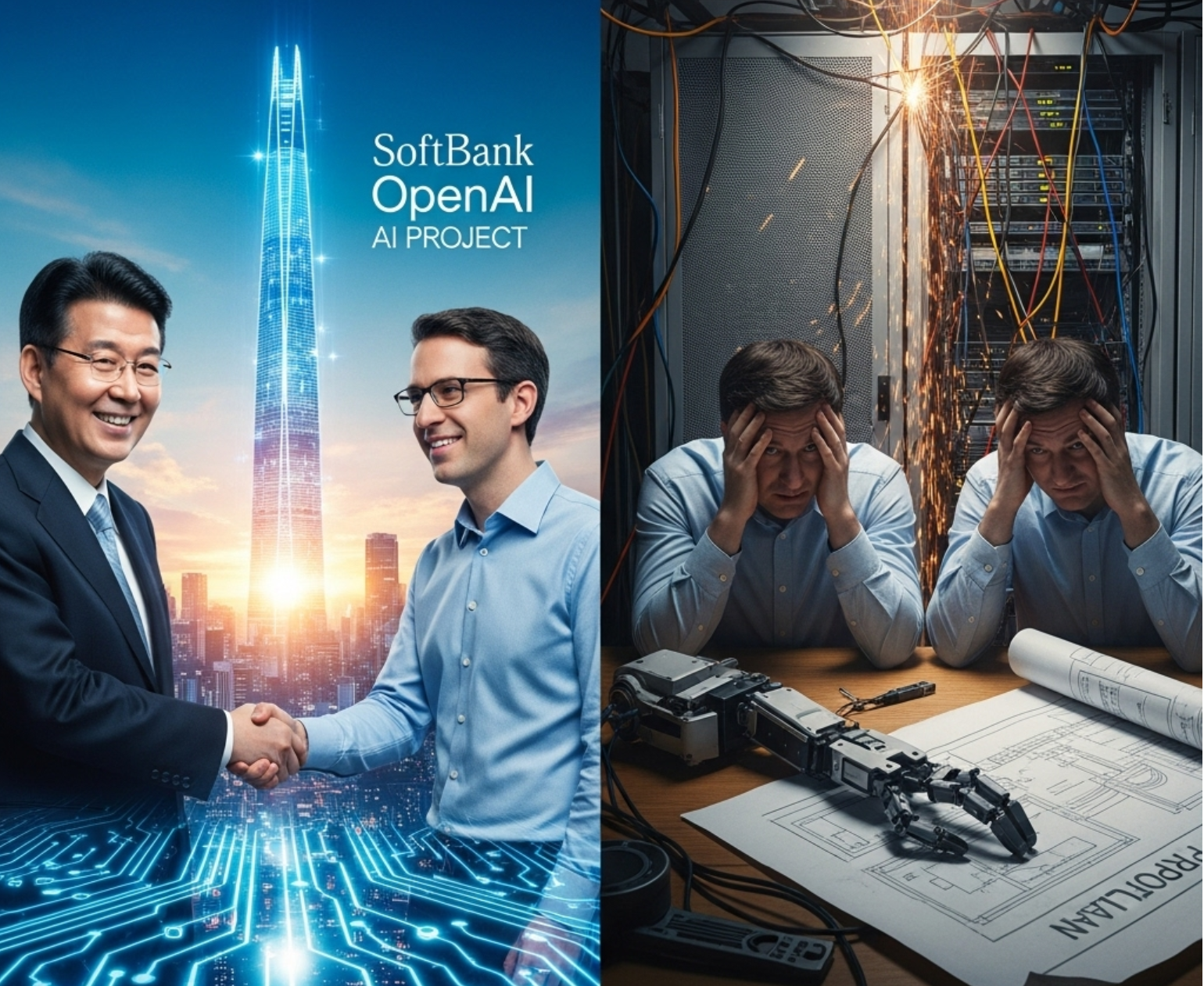Massive AI Computing Infrastructure Venture Faces Delays Amid Funding and Coordination Hurdles

Massive AI Computing Infrastructure Venture Encounters Progress Challenges
A landmark collaboration aimed at dramatically expanding artificial intelligence infrastructure within the United States is experiencing unanticipated slowdowns. The initiative, backed by a leading Japanese investment group and prominent AI developers, set out to inject hundreds of billions of dollars into new computing facilities. However, recent updates reveal the project is advancing at a more deliberate pace than intended.
The chief financial officer of the investment firm mentioned that additional coordination time is necessary due to the involvement of multiple major technology partners. Among them are key AI research entities and established cloud services providers, whose participation is critical to achieving the project's ambitious scope.
Originally, the plan anticipated a sizable capital deployment by the end of the current year, initiating the construction of foundational data centers. Yet, two significant aspects remain in flux. The first involves pinpointing an optimal location for the inaugural data processing hub, while the second concerns securing substantial financial commitments amid fluctuating markets. Factors such as economic volatility and unclear trade regulations have added complexity to ongoing negotiations.
Complexities in Locating and Financing Core Infrastructure
The choice of site for the initial computational facility has emerged as a particularly intricate decision. Discussions have centered on various potential regions, balancing considerations of cost-efficiency, energy availability, and proximity to existing technical ecosystems. Despite progress in identifying promising areas, consensus among stakeholders has not been reached, leading to postponed commitments.
Meanwhile, the funding dimension faces obstacles driven largely by external economic conditions. Rapid shifts in market sentiment and uncertainties in international trade policies have contributed to hesitancy among financial participants. These dynamics have delayed the planned initial large-scale capital infusion, requiring stakeholders to reevaluate timelines and funding structures.
Within this context, prominent cloud infrastructure firms and AI specialists have continued their own independent initiatives to augment computing capacities. Some partnerships and contracts on the periphery of the principal venture suggest parallel efforts are underway to meet the surging demand for AI processing power, while the collaborative project regroups.
Strategic Coordination Among Industry Giants
The expansive project involves aligning the priorities and operations of multiple entities, including premier AI development organizations and established technology corporations specializing in data center management and cloud services. The complexity of synchronizing objectives across these bodies has contributed significantly to the elapsed timeline.
Key decision-makers have needed to balance divergent viewpoints about infrastructure design, operational models, and the integration of renewable energy solutions championed by affiliated energy firms. These deliberations are essential given the project's scale and its prominence within broader national technology strategies.
Though scaled-back in near-term ambitions, leadership from all involved parties maintains that the overarching vision of establishing preeminent artificial intelligence infrastructure in the United States remains intact. The outlook emphasizes sustained collaboration to overcome current temporary hurdles and to position the country competitively in the evolving global AI landscape.
Implications for the AI Industry and National Tech Landscape
This significant initiative, with its intended investment magnitude, has been viewed as a pivotal effort to support the explosion in AI applications and services globally. Computing infrastructure of this scale is fundamental to powering complex AI models and driving innovation across sectors.
The observed delays, while challenging, reflect the multifaceted nature of orchestrating a transformative undertaking involving numerous stakeholders, economic variables, and regulatory environments. They underscore the intricate interplay between technology development, financial structuring, and geopolitical considerations influencing high-stakes tech investment projects.
In the meantime, continued market volatility and unresolved policy frameworks will likely persist as critical factors shaping the project's trajectory. Nonetheless, the foundational goals remain ambitious, and the consortium behind this endeavor continues its efforts to solidify agreements, finalize locations, and mobilize capital to realize this comprehensive AI computing infrastructure network.
